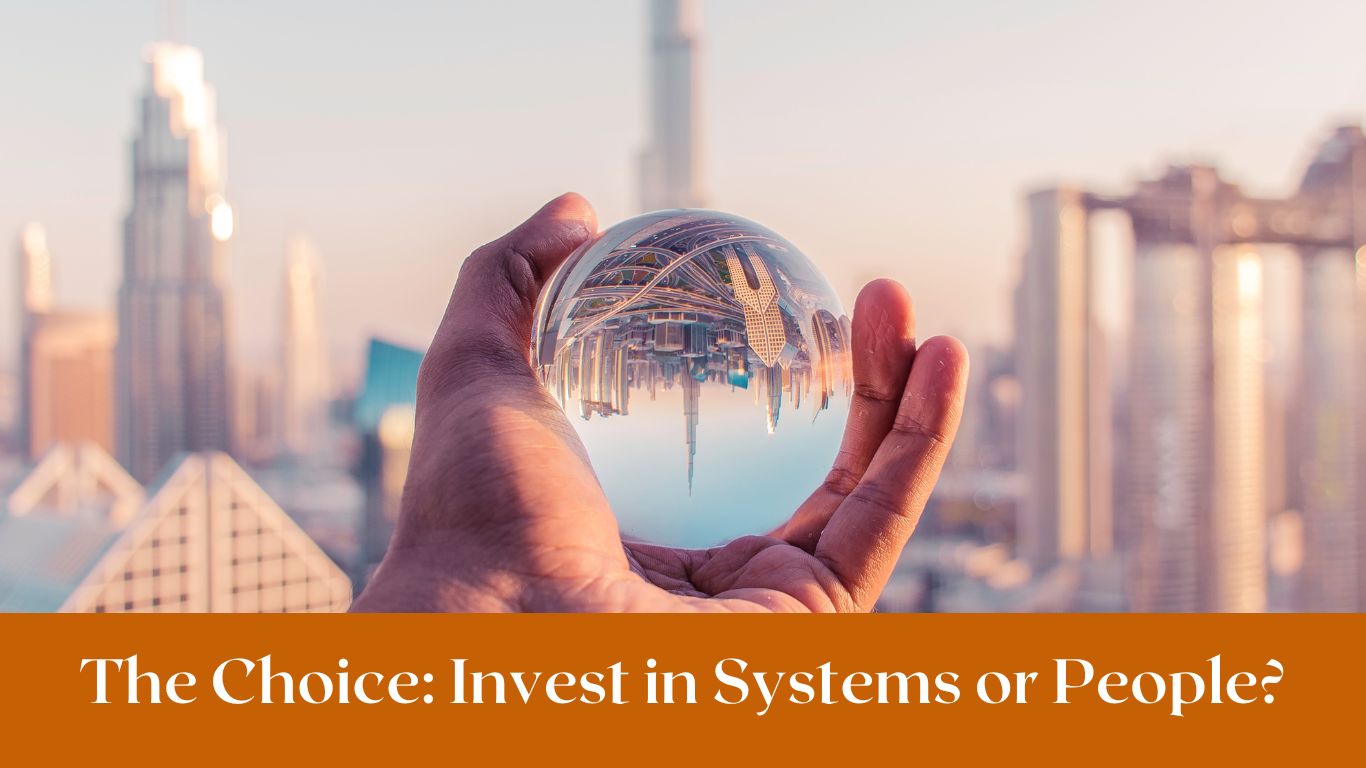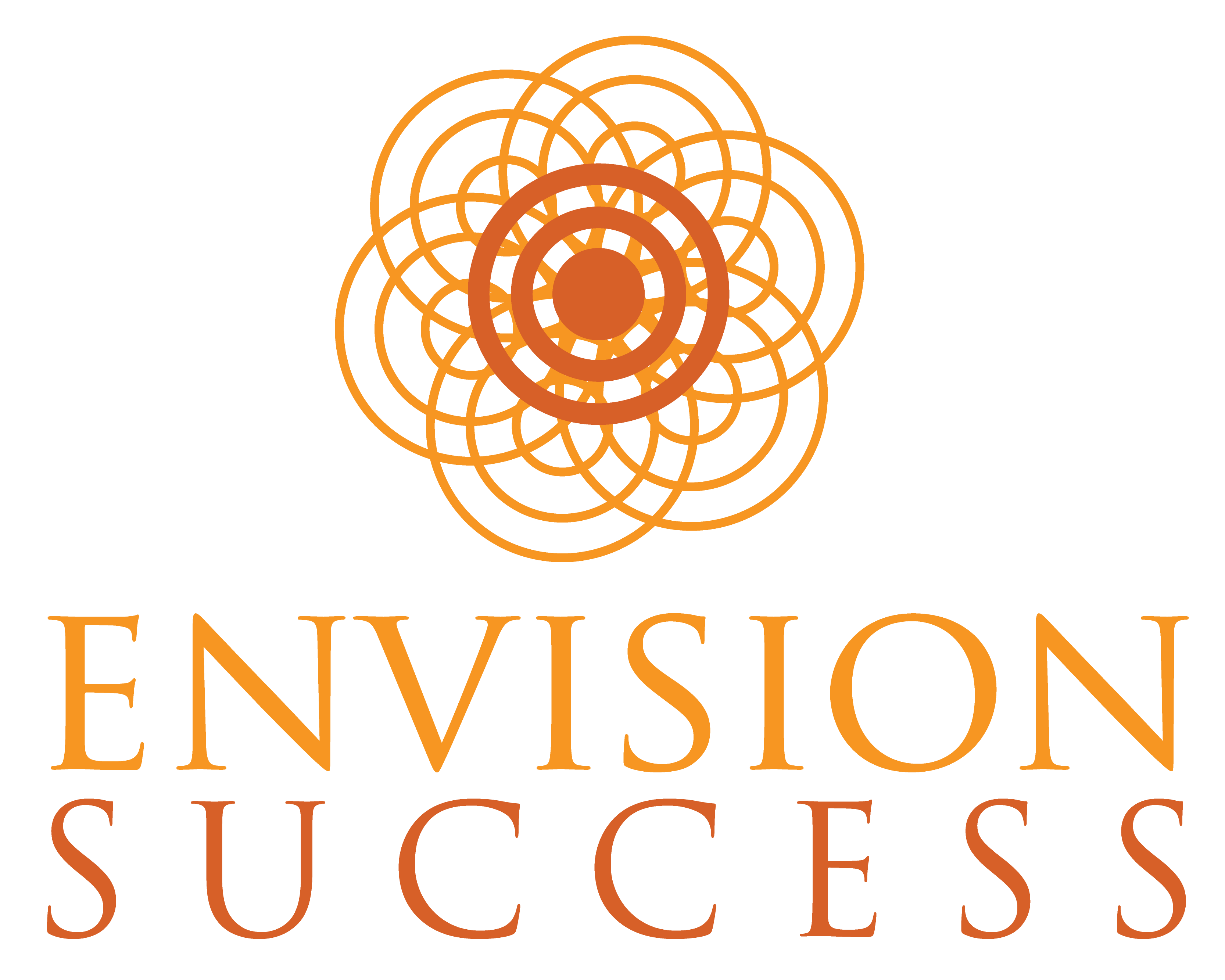It's the classic business choice: Is there more value for the investment in strategies and systems -or- in people and communication? In other words, given limited capital, is it better to invest in your people, or in systems? Obviously, we all want to do both...

Yes, both are truly vital to success in business, While the argument can be made for is one clear priority for maximum success due to the impact it has on relationships and human capital performance! It is easier to teach and train a person WHAT to do than it is to teach a person WHO to be (or who you want them to be).
Simon Sinek says:
“We should invest in people not ideas. A good idea is often destroyed by bad people and good people can always make a bad idea better.”
Can we agree that systems, processes, and business innovation fall into the category of ideas?
Still not convinced? OK, let's explore a bit more...
Share with a friend!
On the podcast, we recently discussed the DISC tool and process. The episode covers a wide range of topics and can assist you in gaining greater clarity about the far-reaching impact the DISC Model of Human Behavior can make in both your personal and professional life.
The DISC Model of Human Behavior is more than just a ‘personality test’.
DISC can be an invaluable tool in all walks of life. Think of it as more than just another ‘personality test’. As we ponder the unique nature of everyone we encounter in life, consider the ways you will be better equipped to navigate through life – whether in everyday conversations or in leveraging an advantage in your career by employing concepts of the DISC Model of Human Behavior.
How can we justify and measure the ROI from investing in people? Consider how much time and money is saved when they communicate more effectively.
Simon Sinek says: “We should invest in people not ideas. A good idea is often destroyed by bad people and good people can always make a bad idea better.” Can we agree that systems, processes, and business innovation fall into the category of ideas?
Articles written about DISC cite that DISC is a “wellness model” that is objective and descriptive rather than subjective and judgmental…it does not categorize good, bad, better, or worse. DISC can tell us how a person prefers to do things, but it doesn’t set limitations.
DISC should be used in a positive way to encourage a person to be his or her best, not as a way to “label” someone.
DISC is a practical and widely used assessment tool that has been employed in various organizations worldwide, from Fortune 500 companies to nonprofits and small businesses, to individuals within their personal lives and relationships.
The letters D, I, S, and C describe the four intrinsic drives that manifest in behavioral patterns. This makes it a less complicated, and more memorable, model for application than some of the other assessments on the market.
- One of the best ways to gain a better understanding of the model is to take the assessment yourself. It only takes about 10-15 minutes to complete.
Imagine a CFO asking a CEO:
“What happens if we invest in developing our people and they leave us?”
Many people can relate to this way of thinking.
But imagine the CEO responding:
“What happens if we don’t and they stay?”
Great question, isn't it?
Most people do not take the time to look beyond their own myopic viewpoint and peer into the perspective of others.
Unfortunately, this is affecting the quality of their relationships, and consequently their performance in business!
I challenge you to broaden your own slant on things…take a 40,000 foot view and observe the world through the eyes of others. I call it macro/micro envisioning, this ability to see the big picture AND the details that matter.
Remember, you cannot sway or change others to your view without making some effort to understand theirs and create a connection. How? You can adapt the delivery of your message to better match their conversational style and perspective. Every DISC report provides specific instructions to do exactly that.
Share with a friend!
If the business choice is to invest in people or in systems, procedures, ideas, etc. let's see if you're starting to understand how this plugs into everyday scenarios and pays off over time.
When difficulties arise in relationships, which do you think is more effective?
1. Bolstering your side of the issue by restating (ad nauseum) your position...or
2. Attempting to see things through the lens of the other individual...
Of course it makes sense in one-to-one conversations to pay attention to the other person (if you want to ensure your message gets across)!
This also applies to work projects and how we achieve objectives on teams, and therefore to any organizations considering making an investment in their human capital.
In this series:
We're exploring how understanding yourself and others reduces stress in your life... How to better understand others and predict potential conflicts as you develop better relationships.. How to use the process in interviews, staff evaluations, team structuring and building, and more! And how this affects decisions to invest in people, or in "human capital."
In the next article in this series, we will begin looking at the uniqueness of each of the four primary behavioral styles.
